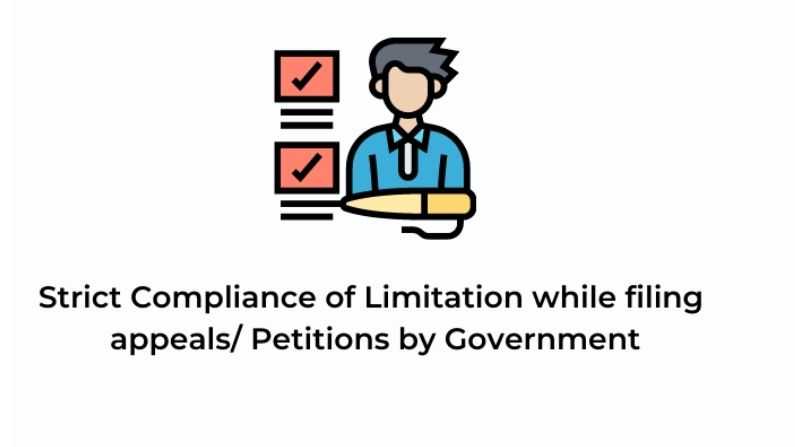


A general “rationality” requirement was read into the provision: in order for legislation to pass muster, any distinction it drew between groups of people-any “classification,” in legal parlance-had to be rationally related to the legislation’s purpose.
Strict scrutiny refers to how to#
The issue then became how to determine which groups were in fact similarly situated. “We doubt very much whether any action of a State not directed by way of discrimination against as a class, or on account of their race, will ever be held to come within the purview of this provision,” the Court said.īut in fact the Court soon began to expand the reach of the clause beyond its core requirement of equal treatment of the races, holding that it was essentially a directive that all persons “similarly situated” should be treated alike. In its first interpretation of the Equal Protection Clause in Slaughter-House Cases (1873), the Supreme Court held that a group of Louisiana butchers could not rely on the clause to challenge a state monopoly. Initially, it seemed as though the clause might be limited only to claims of racial discrimination. But its original purpose was to ensure that the recently defeated Southern states did not infringe on the rights of the newly emancipated slaves. deny to any person within its jurisdiction the equal protection of the laws.” This simple phrase, known as the Equal Protection Clause, has spawned a complex body of judicial doctrine. The Fourteenth Amendment to the Constitution, ratified in the wake of the Civil War, provides in part that “No state shall.


 0 kommentar(er)
0 kommentar(er)
